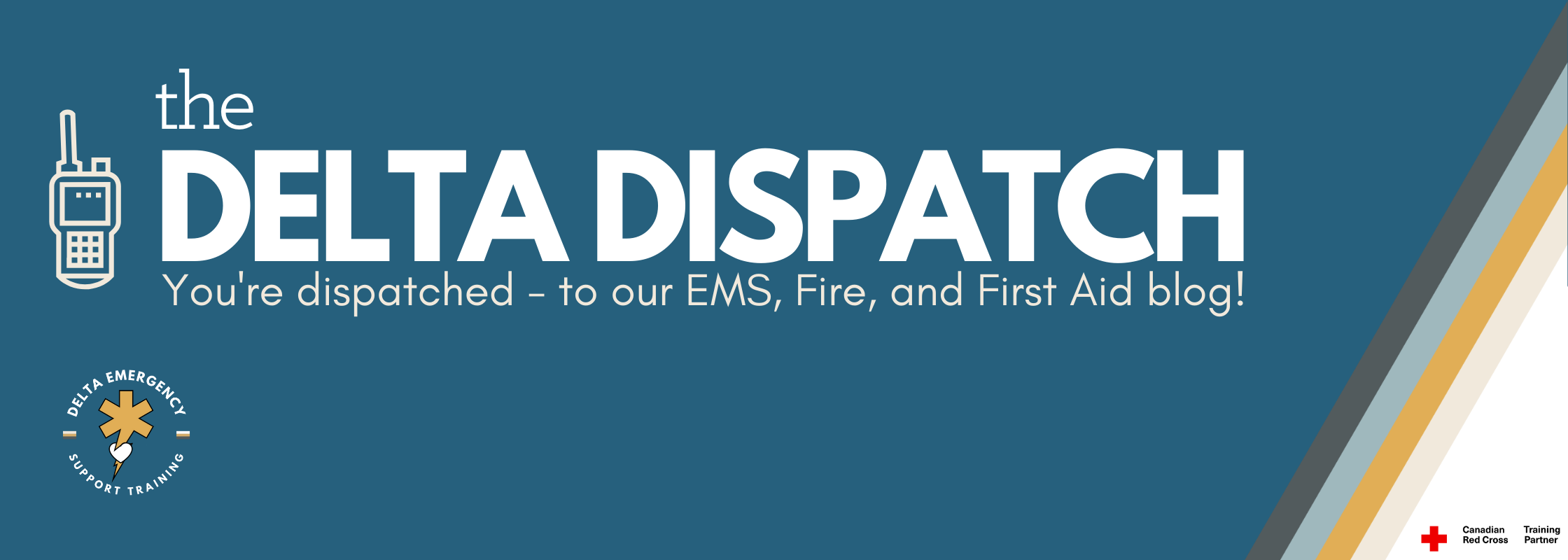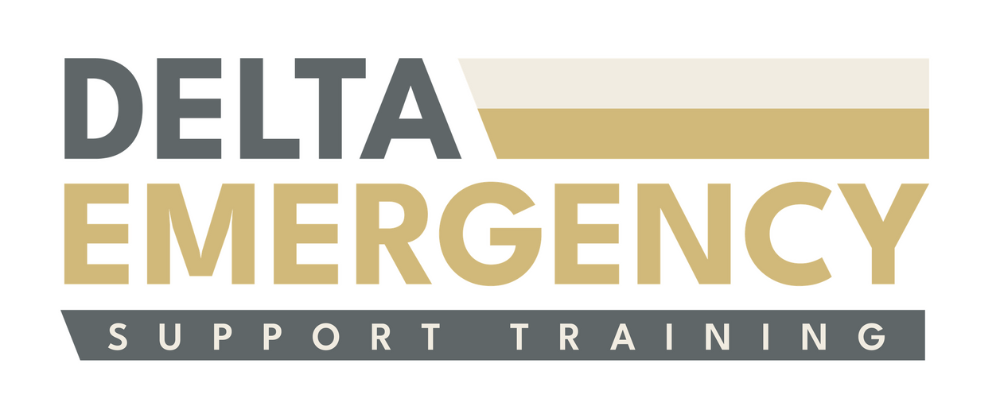First Aid 101: Mastering the Check, Call, Care
/Check, Call, Care: The Lifesaving Steps of First Aid
Emergencies can happen anytime, anywhere. Whether it’s a car accident, a sudden collapse, or a choking incident, knowing how to respond can mean the difference between life and death. This is where the Check, Call, Care method, endorsed by the Red Cross, comes into play. It provides a simple yet effective framework for bystanders to take action in an emergency.
In this blog, we will break down the three essential steps—Check, Call, and Care—so you can feel confident in responding to emergencies and potentially saving lives.
Step 1: Check the Scene and the Person
The first step in any emergency situation is checking the scene and the individual in distress.
Why Check the Scene?
Before rushing to help, you must ensure that it’s safe for you to do so. If the scene is dangerous, you could put yourself at risk and become a second victim. Here’s what to look for:
Hazards – Fire, water, live electrical wires, falling debris, or violent individuals.
Number of Victims – Are there multiple injured people who need assistance?
Bystanders – Can someone else help call 911 or assist you?
Checking the Person
Once you determine that it’s safe to approach, check the individual:
Tap and Shout – Tap the person’s shoulder and ask, "Are you okay?" If there’s no response, they may be unconscious.
Check for Breathing – Look, listen, and feel for breathing for no more than 10 seconds.
Identify Life-Threatening Conditions – Severe bleeding, trouble breathing, or unresponsiveness require immediate action.
If the person is unconscious or experiencing a medical emergency, move on to the next step: Call 911.
Step 2: Call for Emergency Help
When a person is in distress, time is critical. Calling 911 connects you to professional emergency responders who can provide further instructions and dispatch medical personnel.
When Should You Call 911?
The person is unconscious or unresponsive.
They are not breathing or gasping for air.
They have severe bleeding that won’t stop.
They have symptoms of a stroke (facial drooping, slurred speech, arm weakness).
They are experiencing chest pain or signs of a heart attack.
You suspect a head, neck, or spinal injury.
What to Say to the Dispatcher
Location – Give the exact address or describe the surroundings.
Nature of the Emergency – Explain what happened and the condition of the victim.
Number of Victims – Let them know if more than one person needs help.
Follow Instructions – The dispatcher may provide instructions, such as how to perform CPR.
After calling, return to the injured person and begin providing care until professional help arrives.
Step 3: Care for the Injured Person
After checking the scene and calling for help, it’s time to provide immediate care. Your actions can keep the person stable and improve their chances of survival.
Caring for an Unresponsive Person
If Breathing: Place them in the recovery position (on their side) to keep their airway open and prevent choking.
If Not Breathing: Begin CPR immediately – 30 chest compressions followed by 2 rescue breaths, repeating until help arrives.
Caring for Severe Bleeding
Apply direct pressure with a clean cloth or bandage.
If the bleeding doesn’t stop, add more dressing without removing the first one.
If necessary and trained, use a tourniquet on limb injuries.
Caring for a Suspected Head, Neck, or Spinal Injury
Do not move the person unless they are in immediate danger.
Place your hands on both sides of their head to keep them still.
Encourage them to remain calm and wait for emergency responders.
Delta Emergency Support Training – A Red Cross Training Partner
At Delta Emergency Support Training, we are proud to be a Red Cross Training Partner offering Standard First Aid training. Our courses teach essential lifesaving skills, including CPR, AED use, and first aid techniques, ensuring that you are fully prepared to respond in an emergency.
If you’re interested in learning these skills in a hands-on environment, contact us today to sign up for a course! Being trained means being ready to save a life.
Conclusion: Anyone Can Be a Lifesaver
The Check, Call, Care method is a simple but powerful way to respond to emergencies. By taking a few minutes to check the scene, call for help, and provide basic first aid, you can make a life-saving difference.
Want to learn more? Consider taking a certified first aid and CPR course through Delta Emergency Support Trainingor another accredited Red Cross partner. Being prepared means having the confidence and skills to step up in an emergency!
What’s your experience with first aid? Have you ever had to use these steps in real life? Share your thoughts in the comments below!




